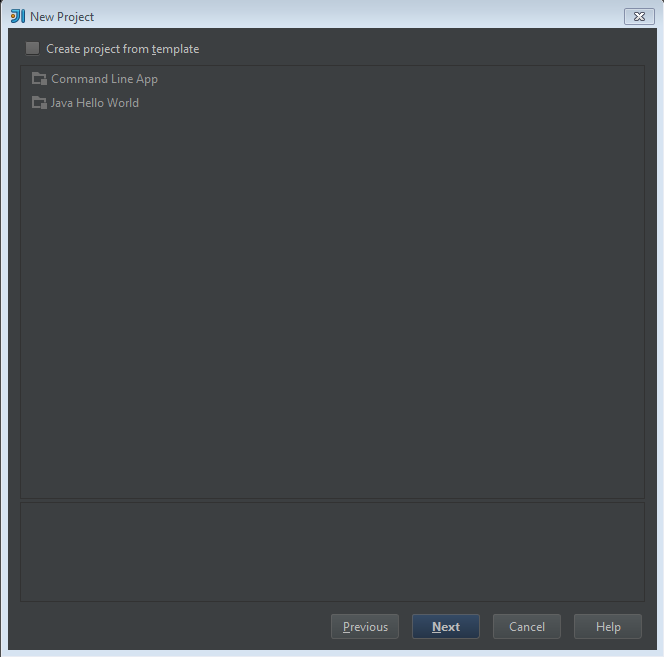
Switch your FireShot into the Pro mode and you will get :
#How to update fireshot pro license key. How to install the NVIDIA drivers on Ubuntu 18. How to Install Adobe Acrobat Reader on Ubuntu 20.04 Focal Fossa Linux. Set Kali root password and enable root login. How to change from default to alternative Python version on Debian Linux. Netplan static IP on Ubuntu configuration. How to enable/disable firewall on Ubuntu 18.04 Bionic Beaver Linux. How to install Tweak Tool on Ubuntu 20.04 LTS Focal Fossa Linux. Linux IP forwarding – How to Disable/Enable. How to use bash array in a shell script. AMD Radeon Ubuntu 20.04 Driver Installation. How to install missing ifconfig command on Debian Linux. Ubuntu 20.04 Remote Desktop Access from Windows 10. How to find my IP address on Ubuntu 20.04 Focal Fossa Linux. How to install the NVIDIA drivers on Ubuntu 20.04 Focal Fossa Linux.  You can also specify a wildcard in your command with the -wildcards option. $ tar -xf archive.tar file1.txt file2.txt Once you’ve seen what files are contained within the tar archive, you can extract them individually by specifying which files to extract. To list the contents of a tar file, use the -t (list) option. Note that you don’t need to add any extra options to extract files from a compressed tar file. You can also add the -v (verbose) option to see the extraction progress. Use the following syntax to extract the contents of a tar file. You’ll also have to include the -f (file) option to indicate to tar that you will specify the location of the file. Extracting the contents of a tar file is very easy, and can be done with the -x (extract option). Use the following examples to open tar files on the Linux command line. Check out the examples below to find out how. This will include tar files with various compression applied to the archive. In this guide, we’ll show how to open tar files on command line and via GUI. tar.gz in the case of gzip compression, or. However, compression can be easily applied to the tar file, resulting in extensions like. tar, are often called “tarballs.” These files will preserve the Linux file permissions and can combine any number of files into the single archive, but they don’t apply any compression or space savings.
You can also specify a wildcard in your command with the -wildcards option. $ tar -xf archive.tar file1.txt file2.txt Once you’ve seen what files are contained within the tar archive, you can extract them individually by specifying which files to extract. To list the contents of a tar file, use the -t (list) option. Note that you don’t need to add any extra options to extract files from a compressed tar file. You can also add the -v (verbose) option to see the extraction progress. Use the following syntax to extract the contents of a tar file. You’ll also have to include the -f (file) option to indicate to tar that you will specify the location of the file. Extracting the contents of a tar file is very easy, and can be done with the -x (extract option). Use the following examples to open tar files on the Linux command line. Check out the examples below to find out how. This will include tar files with various compression applied to the archive. In this guide, we’ll show how to open tar files on command line and via GUI. tar.gz in the case of gzip compression, or. However, compression can be easily applied to the tar file, resulting in extensions like. tar, are often called “tarballs.” These files will preserve the Linux file permissions and can combine any number of files into the single archive, but they don’t apply any compression or space savings. 
Linux systems still use the tar format, and it continues to enjoy widespread use to this day. Tar actually means “tape archive,” because tar’s original purpose was to be used on tape backups – that should tell you how old this format is. The tar file type is used to combine multiple files into a single archive.






 0 kommentar(er)
0 kommentar(er)
